In Vietnam, the journalist who put Mogadishu on the movie screen and on the map for many Americans is back with a masterful book about a longer battle — one that offers lessons long after its after-action reports.
In Iraq, soldiers talk about life with prisoner Saddam Hussein.
In the South Pacific during World War II, a sailor's capture shows the bond of brothers.
And in Alaska, what's good for an ex-soldier's business is not good for a nation's.
Here are reviews of these titles and others, in order of reading value and satisfaction. List prices may vary.
NONFICTION

Hue 1968: A Turning Point of the American War in Vietnam
Hue 1968: A Turning Point of the American War in Vietnam by Mark Bowden, Atlantic Monthly, 608 pages, $30.
Nearly 50 years after the battle for the city of Hue, this history reads as fresh as today's news. In length it's nearly twice the size of the author's best-selling "Black Hawk Down," but every page merits reading, including the summary that introduces each section. (Why don't more nonfiction books offer chapter synopses?)
The former newspaper reporter tells what happens after Communist forces open the Tet Offensive by surprising everyone and taking the former capital. However, the North is up against U.S. soldiers and Marines who — despite oblivious brass unwilling to offer moral or military support — fight back. Because they're told to. Every day. For 24 days.
Why almost a month? For the Pentagon, which is obsessed with body counts — seemingly only the enemy's — not recognizing the city's chaos, is a "conspiracy of denial." Gen. William Westmoreland "continually and falsely" assures everyone the city has "not fallen into enemy hands," evidence aside.
For American troops — few know "the nature of the conflict" they are fighting in — the relentless test is "a death lottery where all you could do was wait your turn." A Marine captain calls for support and is told "rather strikingly" that he is overreacting. A private finds refuge inside a hole in a wall and discovers he is "lying in the rotting remains of dead people." Another watches two Army sergeants become "a plume of fine, pink mist — tiny bits of blood bone, tissue, flesh and brain."
For citizens, life becomes "a matter of survival. You either dug in and played Russian roulette with American shells, or you braved ... murderous commissars" whose job is, euphemistically, "correcting errant thinking."
Thanks to Bowden's "Hue" with words, facts can appall but still elicit compassion. During the siege, a desperate female refugee offers "to have sex with anyone who would pay for it with a C-ration meal," and there is "no shortage of takers" among Marines. One — "just a year earlier he had been an honor student at his high school" in Pennsylvania — goes along "to his lasting shame."
That small moment of reward and regret represents the writer's sensitivity to everyone in what the Vietnamese call the Resistance War Against America.
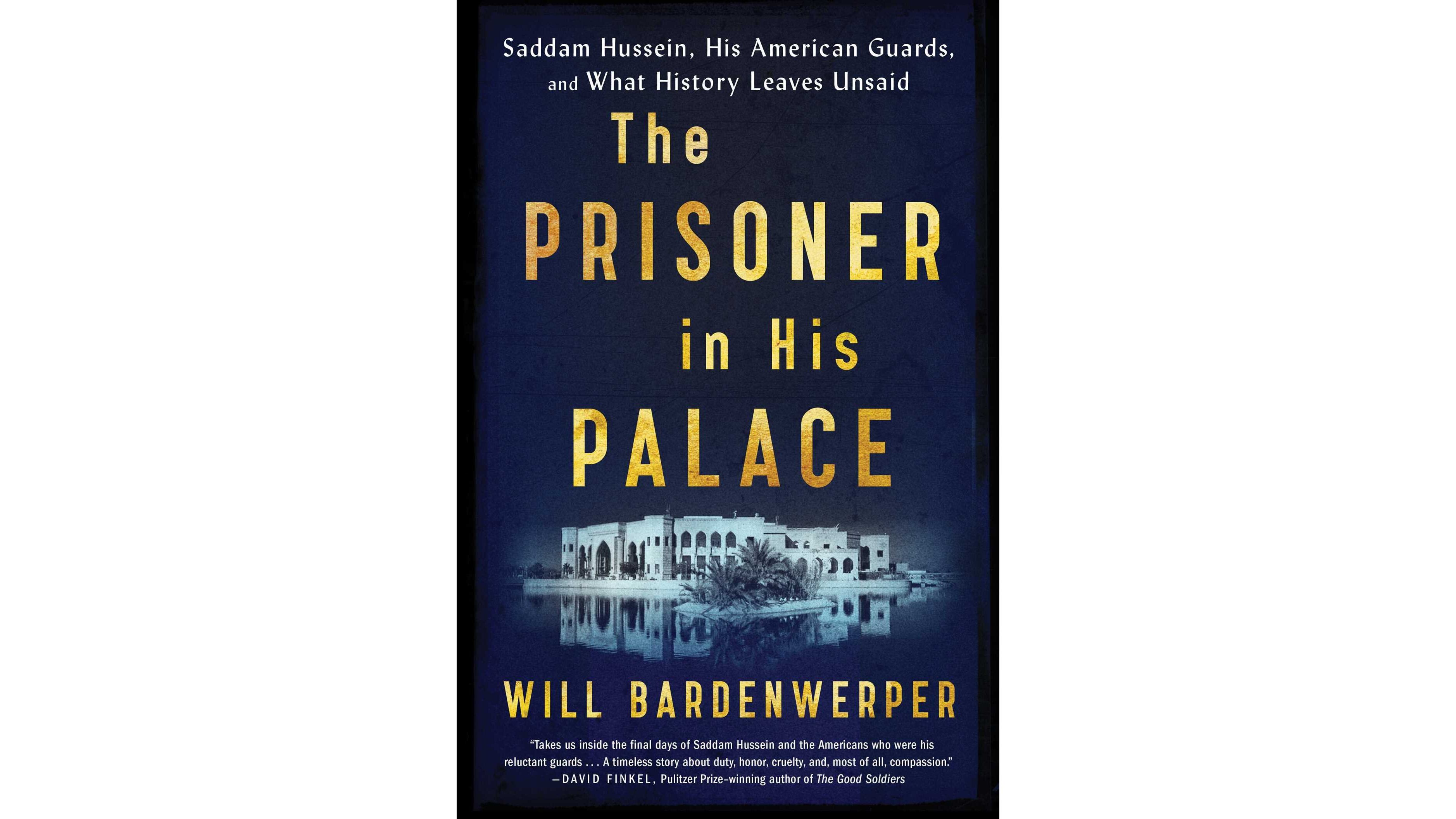
The Prisoner in His Palace: Saddam Hussein, His American Guards, and What History Leaves Unsaid
The Prisoner in His Palace: Saddam Hussein, His American Guards, and What History Leaves Unsaid by Will Bardenwerper, Scribner, 272 pages, $26.
The author was an infantry officer in Iraq when that country's president was executed, but he does not "have firsthand knowledge of the events in this account." His storytelling makes you think otherwise. He takes you inside the minds of the prisoner and his protectors, whose sole task is to guard the "Vic," or Very Important Criminal.
Turns out the despicable detainee has a dose of dignity.
The book is captivating, a biographical sketch of Saddam and of the soldiers, a narrative of the last days of a dictator (who enjoys "The Passion of the Christ" and Mary J. Blige), and a study of how proximity has a propensity to be persuasive, even when the common area is a cell in the basement of a courthouse.
The duty MPs must "maintain visual contact with Saddam at all times to ensure he wasn't able to harm himself, or be hurt by others." There is no rule against friendship.
The enlisted men grow to appreciate "a former head of state showing them a respect they sometimes didn't get from their own superior officers." Finally, realizing "they'd soon play a role in the execution of this living, breathing human being — one who'd always been good to them — began to gnaw at their psyches," and at a reader's assumptions.
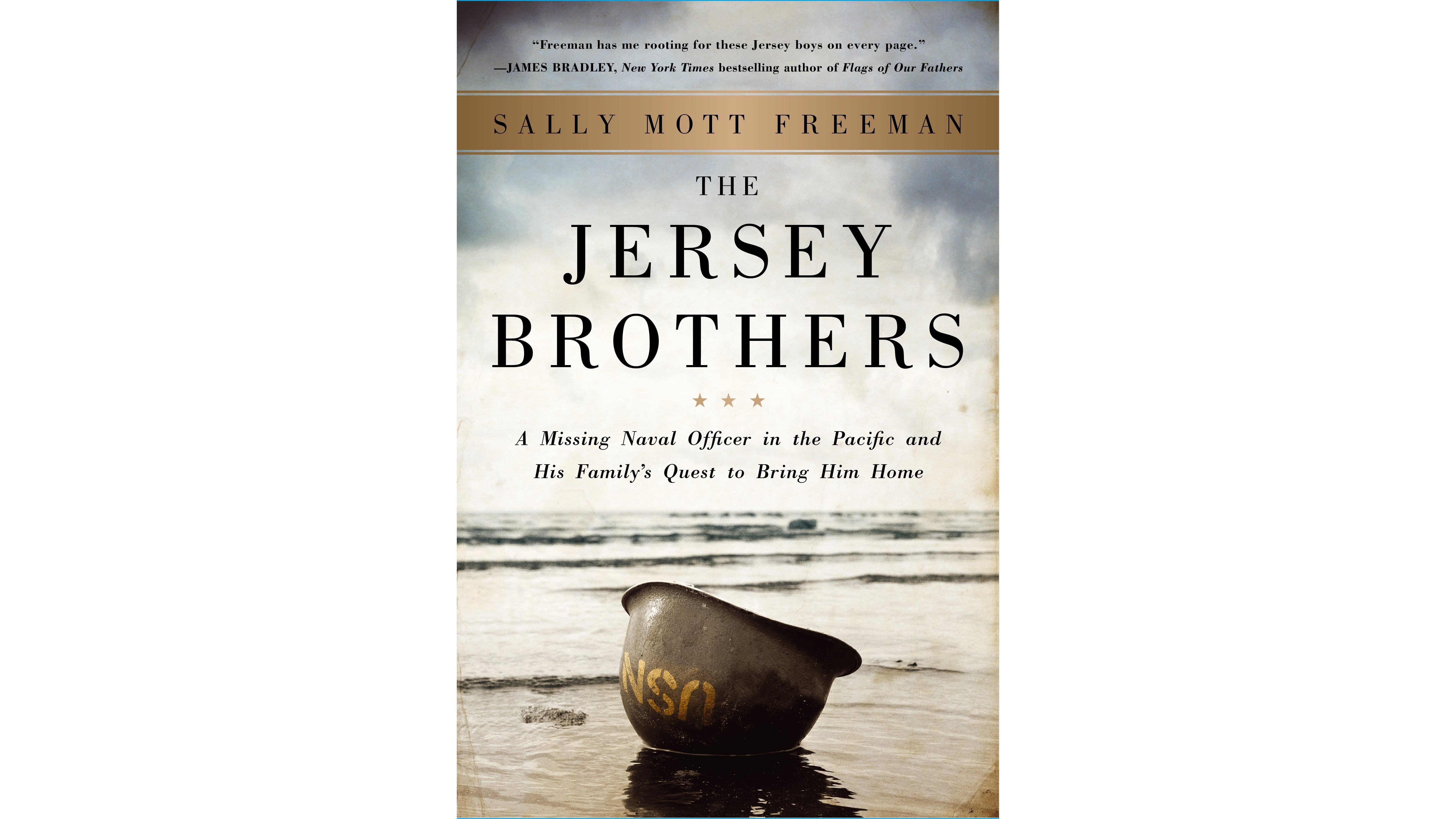
The Jersey Brothers: A Missing Naval Officer in the Pacific and His Family's Quest to Bring Him Home
The Jersey Brothers: A Missing Naval Officer in the Pacific and His Family's Quest to Bring Him Home by Sally Mott Freeman, Simon & Schuster, 576 pages, $30.
Not to be confused with the musical with a similar name, this page-turner about three New Jersey sailors in World War II is, the publisher touts, "Unbroken" meets "Saving Private Ryan." The claim seems preposterous but soon becomes fair.
Bill Mott works in the White House's map room and is befriended by FDR, who tells Bill he is "not sure there will ever be [peace]." Brother Benny, also an Annapolis graduate, serves on the aircraft carrier Enterprise. Half-brother Barton, the youngest, is in the supply corps in the Philippines and wounded in a Japanese attack. The Army evacuates its hurt soldiers but "there was just no plan for the Navy boys," and Barton becomes a prisoner of war.
What follows is excruciating: Atrocities by the Japanese. Arrogance and negligence by rival Army and Navy leaders. (One refers to a rescue plan as a mere "headache.") Anguish, as a family pleads for any sign of the Ensign Arthur Barton Cross Jr., at a time when 19,000 POW deaths aboard Japanese ships are "the result of unwitting attacks" by the Allies.
The recounting of horror and hope has another layer of tension. The author is Bill's daughter. She exposes festering wounds — her nation's and her family's — and evokes your tears.
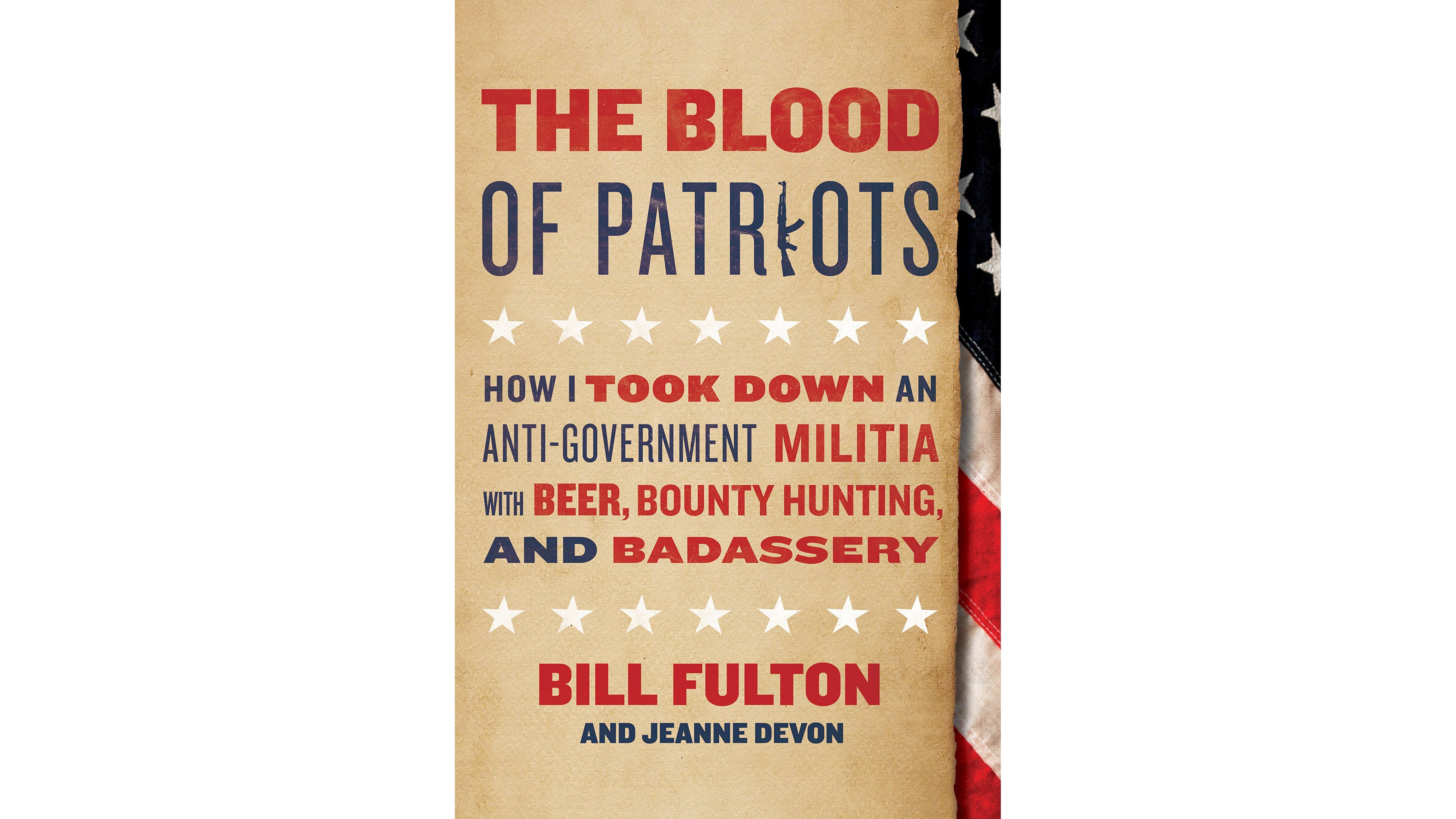
The Blood of Patriots: How I Took Down an Anti-Government Militia with Beer, Bounty Hunting, and Badassery
The Blood of Patriots: How I Took Down an Anti-Government Militia with Beer, Bounty Hunting, and Badassery by Bill Fulton with Jeanne Devon, BenBella, 300 pages, $17.
The title borrows from Thomas Jefferson. But the tone is in the subtitle of this engaging memoir from a former soldier who opens a military-surplus store and fugitive-recovery business in Alaska that attracts customers who are fond of grenades and self-governance.
Clients trust Fulton "because I let people think what they wanted to think about me," even if they think the Commander in Chief is a "gay, immigrant, Muslim socialist." His indifference to the dollar works until he hears about a plan to attack a military recruiting station.
The potential crime is part a "sovereign citizens" movement ironically called Peacemakers and led by a minor state political figure. He believes "what we need is not a third political party, it's a second government. And if we can't take down this one outright, then it needs to be replaced one branch at a time, beginning with the judicial." So what if his guys have to kill a federal judge's family in the process?
Fulton decides whether to mind his own business or his nation's. His choice lands him in court, a venue he and his co-author — a blogger who reported on the trial — know well. Their story about individualism, ideology and integrity is a helluva good read.

The Leader's Bookshelf
The Leader's Bookshelf by Adm. James Stavridis (ret.) and R. Manning Ancell, Naval Institute, 288 pages, $30.
Think of this as a CliffsNotes-type guide for 50 titles you likely will spot on any military branch chief's professional reading list.
If you are obligated to peruse those books, be thankful. Each listed book includes an excerpt, an "about the author" section, a synopsis and the recommender's name. (See a breakout list of the top 10 selections at the end of the reviews.)
The compilation is based on the "frequently of citation" during nearly 200 "formal interviews and informal conversations" with "senior four-star officers." (What? Nobody asked junior four-stars?)
"Leadership is certainly not learned solely from reading books," say the editors, both former sailors.
"The more a young leader reads, the better she or he will be able to write." She or he might even be motivated to earn four stars — just to be eligible to add diversity to the tally. All the authors are white except Sun Tzu. Only three females — Doris Kearns Goodwin, Harper Lee and co-author Sybil Stockdale — are on the shelf.
But two women make recommendations: Retired Army Gen. Ann Dunwoody selects "Hope is Not a Method," and Adm. Michelle Howard chooses "Buffalo Soldiers."
Who picks Mark Twain's "A Connecticut Yankee in King Arthur's Court"? Retired Army Gen. Stanley McChrystal.
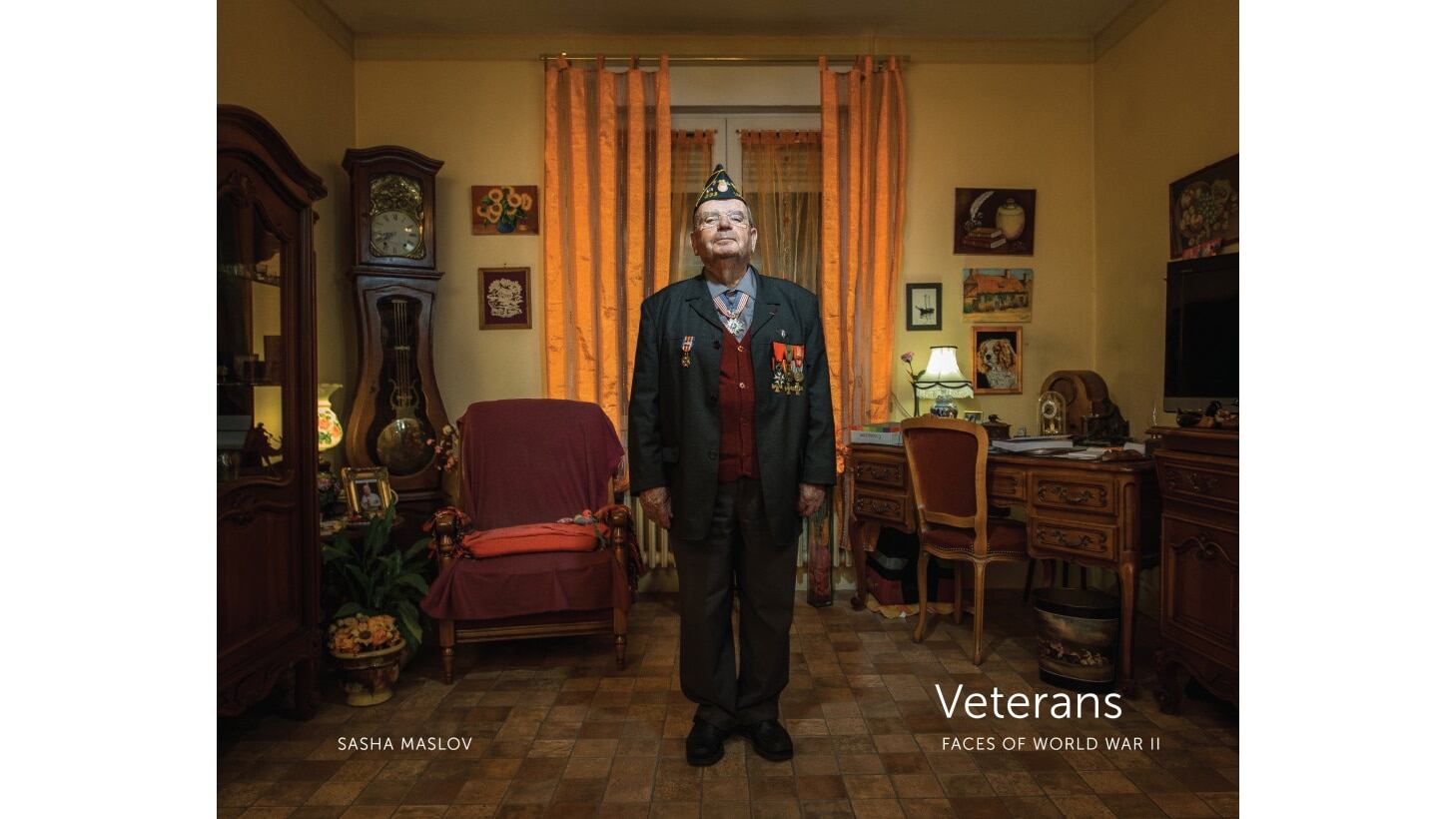
Veterans: Faces of World War II
Veterans: Faces of World War II by Sasha Maslov, Princeton Architectural Press, 144 pages, $30.
Fifty-three full-page color portraits of 54 survivors (including eight from the U.S., five from Japan, two from Germany — and seven women) prove the Ukrainian-American photographer's points: Diverse views enlighten, and the photographs (digital Canon) bring "intense visual engagement and reflection." Words help, too.
The opening portrait is an Army Air Corps veteran who becomes a Broadway dancer, "a foolish thing to do." An Italian finds his father in the same German prison camp and discovers the two are political enemies. A Japanese kamikaze pilot says "everyone was brainwashed."
Their experiences resonate today. A Polish survivor of a German concentration camp waits "five years to get a visa to go to America." An Austrian goes to fight at 15, returns at 28 and feels like "a foreigner in my own land." A U.S. sailor survives Pearl Harbor with "no animosity whatsoever. I drive a Japanese car."
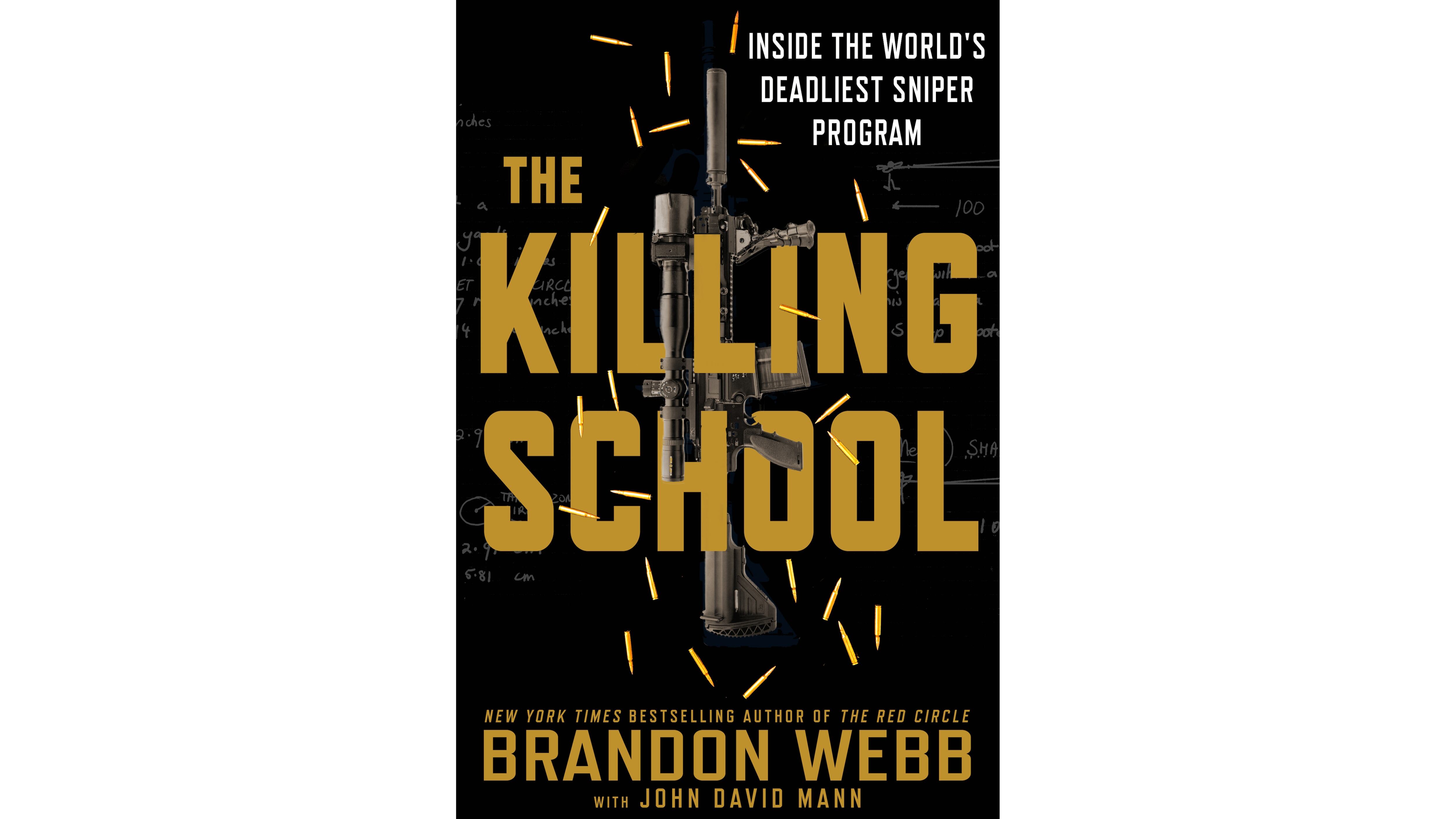
The Killing School: Inside the World's Deadliest Sniper Program
The Killing School: Inside the World's Deadliest Sniper Program by Brandon Webb with John David Mann, St. Martin's, 368 pages, $28.
A prolific pair is back with its fifth publication in five years, the second with "deadliest" in the subtitle. (Isn't "deadliest" overkill when describing a sniper program?)
And the first-person prologue, presumably by Webb, says, "I have an unusual relationship with death." His affiliation, or fixation, goes with the territory in which the "mission is to deliver life by delivering death."
The writers' mission involves Navy SEAL Alex Morrison in Somalia, Canadian Rob Furlong in Afghanistan, soldier Nicholas Irving (author of " The Reaper," whose subtitle includes "deadliest"), also in Afghanistan, and Marine Jason Delgado (whose book is due in October) in Iraq.
The quartet's stories are effective, thanks to the facts and the writing flair. The fifth narrative involves Webb and a fellow SEAL taking "a good-old-boy" Navy scout-sniper program and turning it "into a professional course" whose students include authors Marcus Luttrell ("Lone Survivor") and the late Chris Kyle ("American Sniper").
"School" is a fast and furious introduction to the sniper genre. But if you've read any of the aforementioned titles, this book is a recap.
"No matter how many words get put to paper," the pair says, "the world will never fully grasp the sacrifice" snipers make. Wanna bet? The loaded sniper-and-SEAL bookcase now exceeds its grasp on many an imagination.
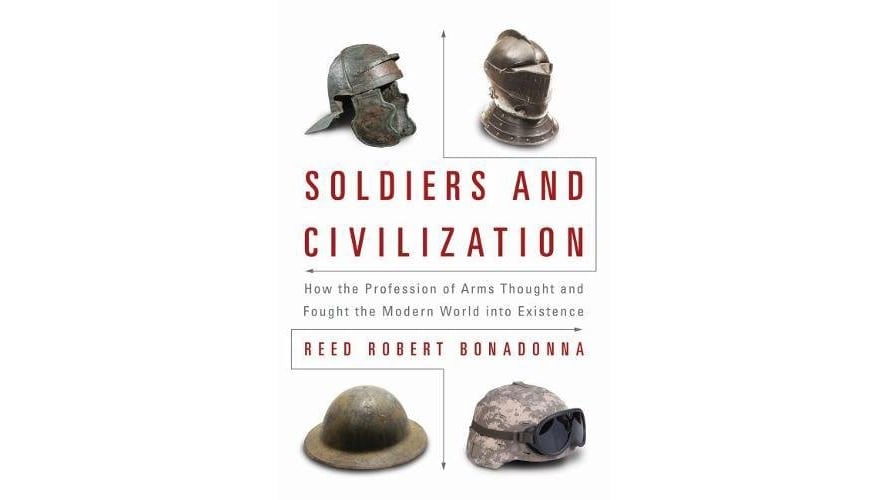
Soldiers and Civilization: How the Profession of Arms Thought and Fought the Modern World into Existence
Soldiers and Civilization: How the Profession of Arms Thought and Fought the Modern World into Existence by Reed Robert Bonadonna, Naval Institute, 352 pages, $35.
Thank you for your civilizing.
That's the message from a Virginia Military Institute graduate, Marine Corps veteran and former U.S. Merchant Marine Academy professor who says the military contributes, naturally, to defense and to "state formation and support, and innovation."
His approach is replete with "I will argue" language intended for other historians, but his premise has general appeal. For example: A knight was "not an empty-headed horseman skilled only in individual combat" — he had brains plus brawn. A thousand years ago when "life was better" than ever before in Europe, "political unification had been achieved at the point of the sword."
The pen is powerful, he warns, and if the military "does not perceive for itself a non-militaristic role in society, history teaches that it can destroy itself."
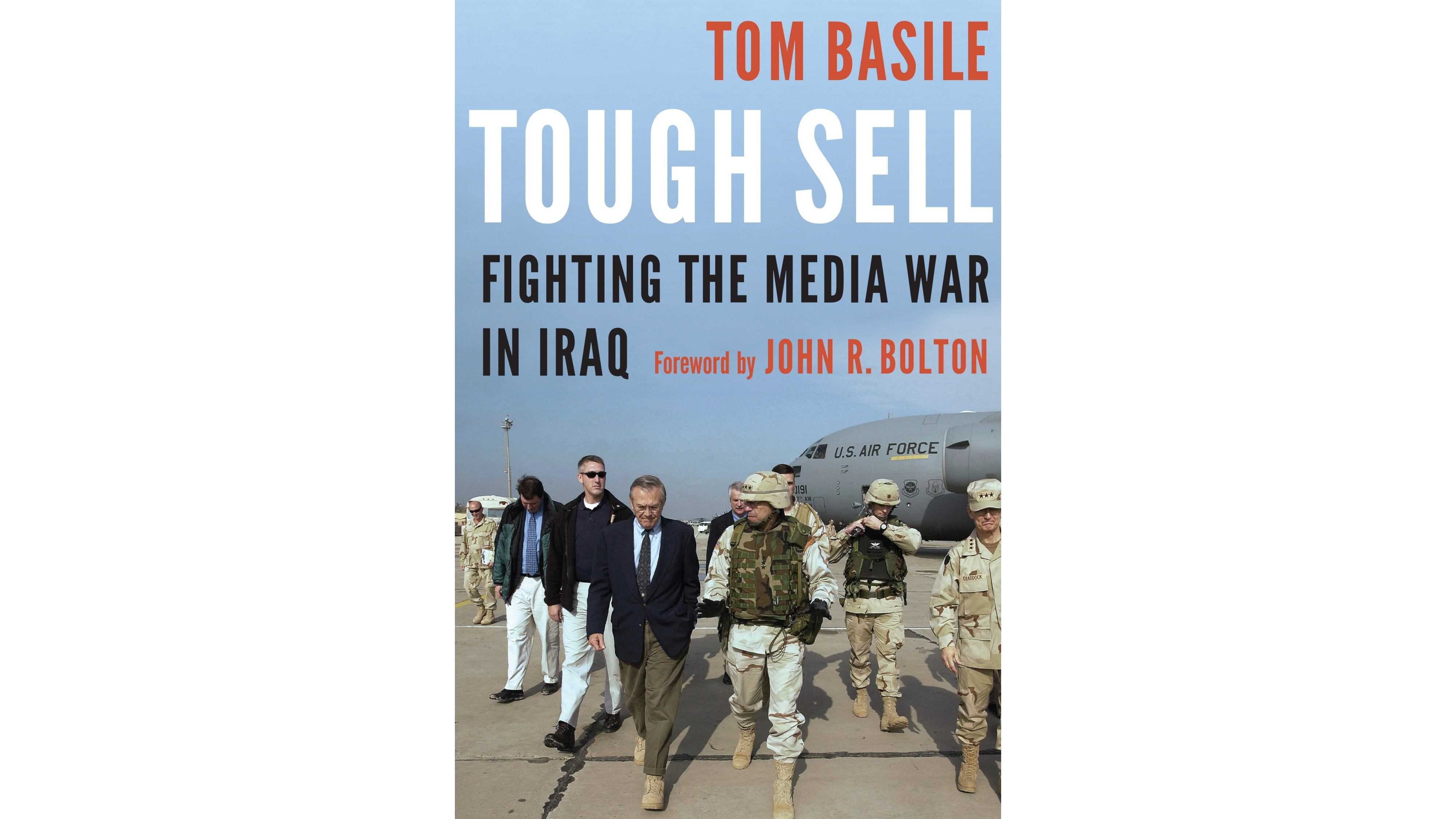
Tough Sell: Fighting the Media War in Iraq
Tough Sell: Fighting the Media War in Iraq by Tom Basile, Potomac, 320 pages, $33.
You anticipate the former Coalition Provisional Authority press adviser will present a constructive take on what each estate — government and news media — might learn from the other.
Instead, the memoir chronicles seven months in Baghdad, from "showering in a trailer, and trying to get dressed on a sopping wet floor" and having an affair with a captain who is "one of the few women in the zone would could turn some heads" to being a diatribe against a pesky press.
To paraphrase a former secretary of defense, you go to war with the media you have. But whining with refrains such as "the media seemed to perpetuate" and "most reporters were too cynical" becomes tiring without specifics, and Basile cites only a handful.
He admits the U.S. "has historically done a poor job in managing pubic opinion while executing foreign policy," yet his examples bolster the point. He brings up news coverage of the George W. Bush administration's choice of contractor Halliburton, but the book doesn't mention that the firm's former chairman is then-Vice President Dick Cheney. He says the Iraqi Army was not, as you probably read, "disbanded" by the CPA. In his reality, "it was a decision to not reconstitute" the force.
Readers interested in improving military-and-media understanding will enjoy Marine veteran Keith Oliver's "Command Attention: Promoting Your Organization the Marine Corps Way" and Army veteran Steven J. Alvarez's "Selling War: A Critical Look at the Military's PR Machine."
FICTION
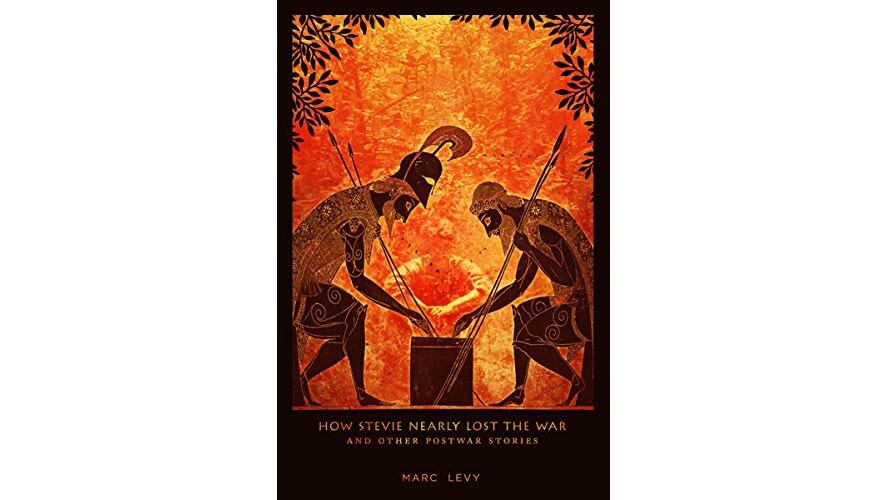
How Stevie Nearly Lost the War and Other Postwar Stories
How Stevie Nearly Lost the War and Other Postwar Stories by Marc Levy, Winter Street, 150 pages, $12.
War veterans, including the titular Stevie, try to find a way to live with "the mimic of memory" in this collection by a Vietnam War medic whose essay received a Syracuse University Institute for Veterans and Military Families prize last year.
That piece is not in this collection, which includes fiction and nonfiction — although the distinction is not always obvious. Levy's instances of intimacy stand out:
In a movie theater, a veteran collects tickets and thoughts of "the closeness which comes with combat." Another ex-soldier, visiting Nicaragua, asks former Contra fighters "if they ever feel like the war is happening right now?" Another has an erotic liaison with a "Sexy Senior" from an advertisement but "all I want," achingly, is for her to "hold me."
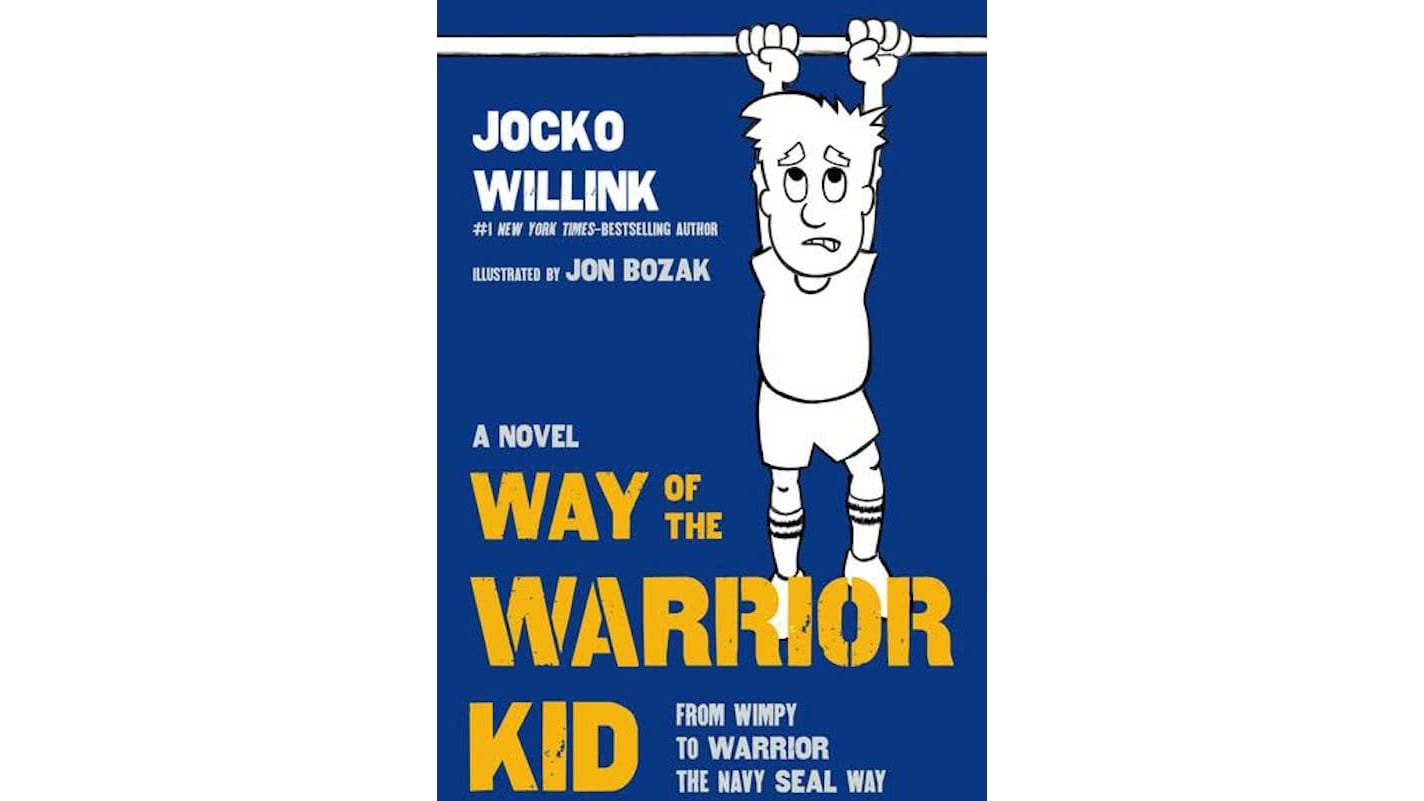
Way of the Warrior Kid: From Wimpy to Warrior the Navy SEAL Way
Way of the Warrior Kid: From Wimpy to Warrior the Navy SEAL Way by Jocko Willink, MacMillan, 192 pages, $14.
Billed as a novel for middle-grade students, the self-help book is by the former SEAL whose "Extreme Ownership" (2015) offers constructive field-or-office leadership tips.
The book tries not to create baby SEALs, although Uncle Jake is "an official tough guy" because he was one. He trains his skeptical nephew, fifth-grader Marc, to extend his reach — especially at the pullup bar. In the process, Marc learns that "warriors are people that stand up for themselves."
His revelation suggests Jake himself can learn about pronouns from Marc's English teacher — "people who," not "people that" — and Jake could ask the art teacher to suggest a better text font.
His training mantra, "discipline equals freedom," is unfortunately similar to an infamous admonition that says work sets you free — and is the name of Willink's next book for grownups, due in October.
NOTED, NOT REVIEWED
The Operator: Firing the Shots that Killed Osama bin Laden and My Years as a SEAL Team Warrior
by Robert O’Neill, Scribner, 368 pages, $28. Four hundred missions including the rescues of "Lone Survivor" and "Captain Phillips," and four weeks (as of the end of May) as a New York Times top-15 seller. But after "The Killing School," above, who’s counting?
Free Space
by Sean Danker, Ace, 320 pages, $16. The Air Force public-affairs veteran’s second sci-fi thriller, a year after his debut, "Admiral," is "for the copy editors of the world" — a dedication that brings his novel near the top of this list.
The Ranger Way: Living the Code On and Off the Battlefield
by Kris "Tanto" Paronto, Center Street, 256 pages, $18. The security contractor, former Ranger and co-author of "13 Hours" (in Benghazi) suggests ways of bringing "discipline, motivation, success and peace to life."
Outside the Law
by Phillip Thompson, Brash, 260 pages, $13. The Marine veteran and former Military Times editor’s sequel to his 2013 "Deep Blood" brings Sheriff Colt Harper and an ATF agent Molly McDonough back on the scene in Mississippi.
Imperfect Union: A Father's Search for His Son in the Aftermath of the Battle of Gettysburg
by Chuck Raasch, Stackpole, 400 pages, $29. A journalist writes about a war correspondent’s effort to locate his son, who was an artillery commander, in what Ken Burns calls "an important book" with an "intimate view of the human cost."
The Red Line by Walt Gragg, Berkley, 528 pages, $17. In an Army veteran's first thriller, U.S. soldiers stationed in Germany fight back when Russia starts World War III. Any temptation to apply that premise to current events is up to you, reader.
The Great Rescue: American Heroes, an Iconic Ship, and Saving Europe During WWI by Peter Hernon, Harper, 368 pages, $28. The story of the German liner that became the U.S. troop transport Leviathan, with passengers such as Gen. John J. Pershing, the enlisted Rep. Royal Johnson (R-S.D.), and Army nurse Elizabeth Weaver.
Deep Black by Sean McFate, Morrow, 336 pages, $27. In August, the Georgetown and National Defense universities professor and former soldier will follow "Shadow War" with another thriller featuring military contractor Tom Locke.
Fort Enterprize by Kevin Emmet Foley, Hellgate, 294 pages, $15. Pirates plunder American merchant ships in the Mediterranean in 1805, and President Jefferson sends his new Navy, a secret agent and a Marine lieutenant to the shores of Tripoli.
Never Call Me a Hero: A Legendary American Dive-Bomber Pilot Remembers the Battle of Midway by N. Jack "Dusty" Kleiss, Timothy Orr and Laura Orr, 336 pages, HarperCollins, $27. Dusty was only 26 years old when he dive-bombed two Japanese carriers 75 years ago. He was nearly finished with this memoir last year when he died at age 100.
THE LEADERS LIST
The best of the best from "The Leader's Bookshelf," according to authors retired Adm. James Stavridis and R. Manning Ancell.
- "The Killer Angels" by Michael Shara.
- "Once an Eagle" by Anton Myrer.
- The Bible, by "multiple authors."
- "Team of Rivals" by Doris Kearns Goodwin.
- "The Art of War" by Sun Tzu.
- "The Face of Battle" by Sir John Keegan.
- "We Were Soldiers Once ... and Young" by Lt. Gen. Harold G. Moore (ret.) and Joseph L. Galloway
- "Dereliction of Duty" by H.R. McMaster
- "On War" by Carl von Clausewitz
- "Nimitz" by E.B. Potter




